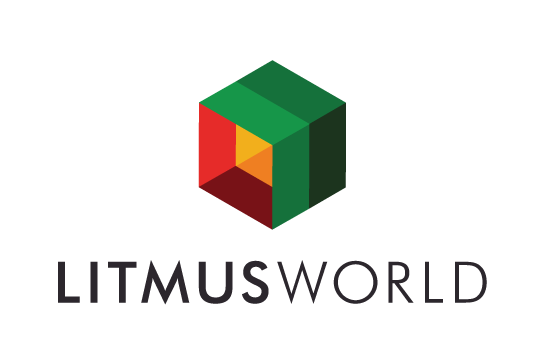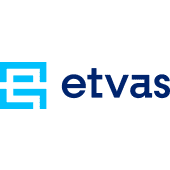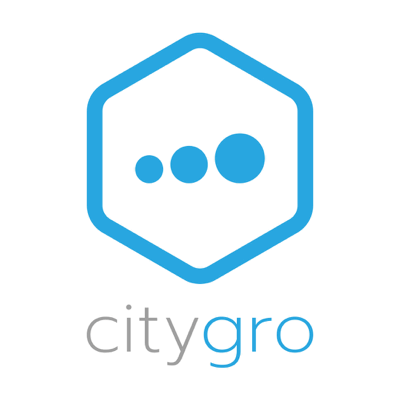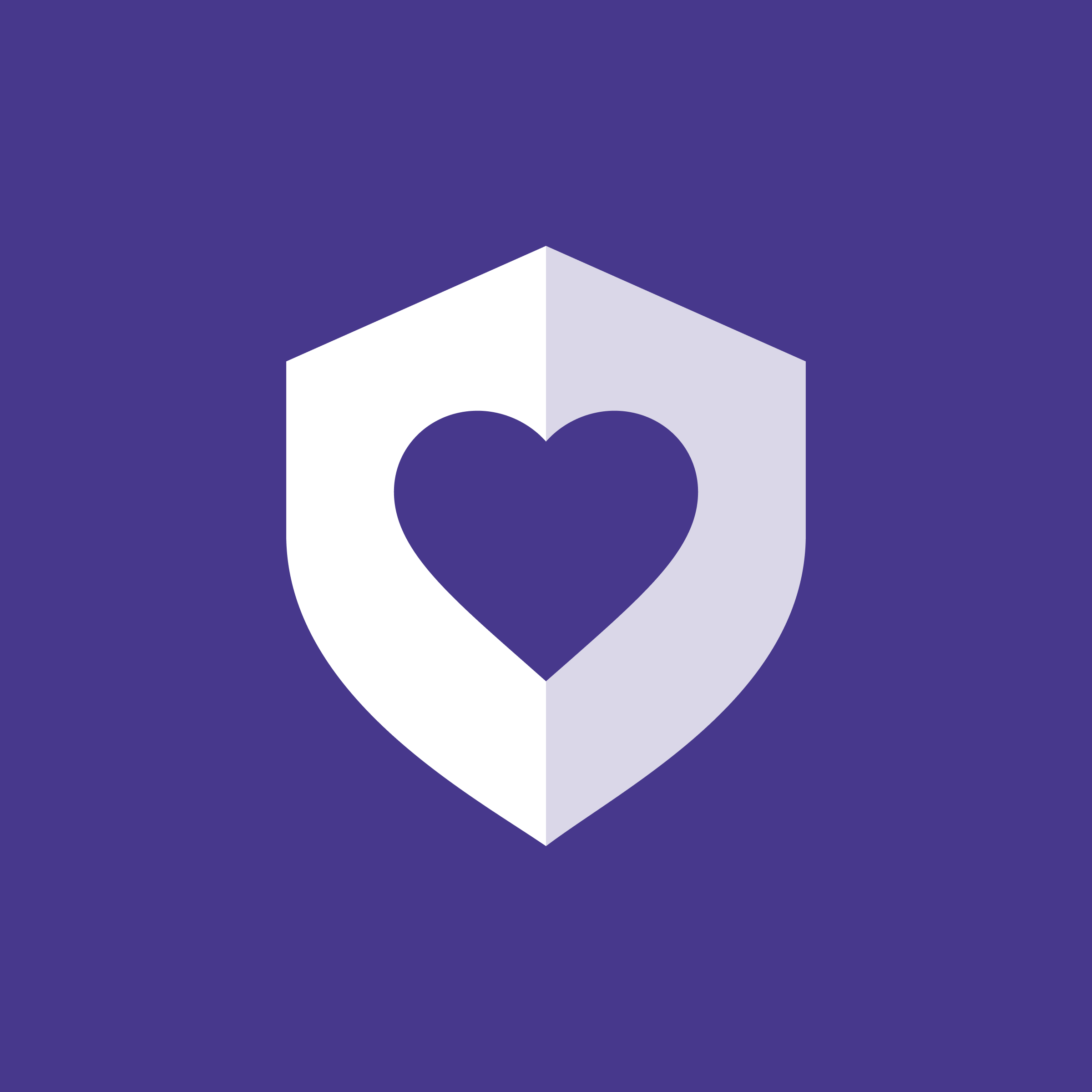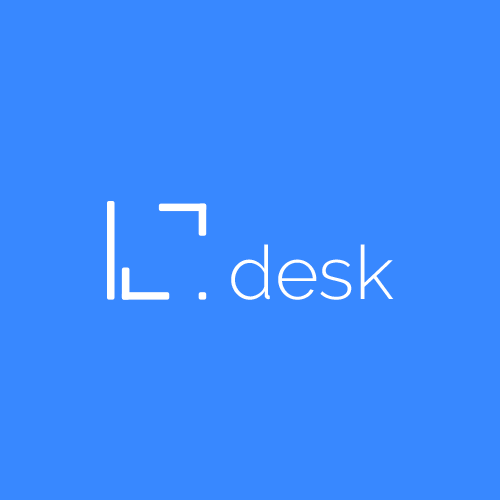What Is Customer Retention Software?
An effective technique for enhancing and preserving client connections is customer retention software. To engage and keep customers, a strategic approach that integrates marketing tactics, communication channels, and data analysis is used. A solid customer retention strategy requires a number of features, including customer tracking, tailored messaging, loyalty programs, and customer feedback tools, all of which are provided by this software.
Businesses may use customer retention software to build customized advertising, stay in touch with consumers across several channels, and reward them for their loyalty by analyzing their behavior and preferences. Customer retention software is a useful tool for companies trying to increase profitability by keeping their current clientele in a highly competitive market where it might be costly to acquire new clients.
In the end, this software boosts client pleasure, promotes recurring business, and fosters enduring client loyalty. Businesses should search for a user-friendly interface, sophisticated segmentation options, and dependable customer service in order to get the most out of client retention software.a
What Are The Recent Trends In Customer Retention Software?
Customer retention software has become much more popular and significant in recent years. The need for efficient customer retention technologies has increased as companies continue to prioritize keeping their current clientele over just attracting new ones. We will go over the latest developments in customer retention software along with tips for selecting the best option for your company.
1. Customization Is Essential: The focus on personalization is one of the main trends in customer retention software. Businesses may now collect and evaluate consumer data to provide individualized experiences thanks to the development of artificial intelligence and data analytics. This includes customized product suggestions, focused and pertinent marketing strategies, and specialized customer service. Businesses can increase client retention rates and cultivate enduring customer connections by utilizing customisation.
2. Support For Multiple Channels: Today's consumers need smooth and uniform experiences on all platforms, including social media, email, phone, and face-to-face communication. Multi-channel assistance is increasingly a feature of customer retention software, enabling companies to interact with their clients on the platform of their choice. In addition to increasing client involvement, this also makes it simpler for companies to monitor and examine consumer behavior across several platforms.
3. A proactive Strategy The days of relying just on reactive tactics to retain customers are long gone. Businesses can now tackle client retention proactively thanks to sophisticated technological tools. This entails taking proactive measures to keep at-risk clients and utilizing predictive analytics to detect possible churn issues. Businesses can increase their chances of keeping clients and preventing losses by being proactive.
4. CRM Integration: Integration with customer relationship management (CRM) systems is another trend in client retention software. Businesses can effectively manage their customer interactions and retention initiatives by integrating a strong CRM with the capabilities of retention software. Better data management and a more comprehensive understanding of consumer behavior are made possible by this, which aids companies in making better choices about client retention tactics.
5. Solutions: That Are Mobile-Friendly Having mobile-friendly client retention solutions is essential for organizations in today's mobile-first environment. This includes customer service that is customized for mobile devices, SMS and chatbot features, and mobile apps. Because customers can readily access and interact with the brand from their mobile devices, businesses can increase customer engagement and retention by providing mobile-friendly solutions.
Benefits Of Using Customer Retention Software
A potent tool for helping companies keep their current clientele and cultivate enduring ties with them is customer retention software. It has several features and capabilities that help companies find, interact with, and keep their most valued clients. The advantages of utilizing client retention software and how it may support the expansion and prosperity of your company will be discussed in this buyer's guide.
1. Recognizing: Customers at Risk The capacity to identify at-risk clients is one of the main advantages of employing customer retention software. This software finds consumers who are likely to discontinue using your products or services or churn by employing sophisticated algorithms and data analytic approaches. Businesses should take proactive steps to keep these clients by identifying them and providing tailored incentives or discounts.
2. Tailored Interaction With Customers: Businesses can interact with their customers more specifically and personally by using customer retention software. Customers can be categorized with this software according to their past purchases, preferences, and behavior. Businesses may develop customized marketing strategies and provide individualized experiences that are more likely to connect with their customers and foster customer loyalty by having a deeper grasp of their clientele.
3. Increasing Client Contentment: Businesses can also collect and evaluate client feedback in real time with the help of customer retention software. Businesses may learn what their consumers like and dislike about their goods and services thanks to this useful information regarding customer satisfaction levels. Businesses can use this information to address any problems that might be contributing to customer attrition and make the required enhancements to their offerings.
4. Financial Savings: Customer retention is essential to a business's long-term success because acquiring new clients can be costly. Businesses can save money on marketing and advertising expenses related to gaining new clients by decreasing customer attrition and keeping hold of current clients. Furthermore, devoted clients are more inclined to make larger purchases and recommend others, which boosts sales and profitability.
5. Higher Lifetime Value Of Customers: The total revenue a firm might anticipate from a single client over the course of their lifetime is known as customer lifetime value, and it can be increased with the aid of customer retention software. Businesses can increase their income per customer and overall profitability by upselling and cross-selling more goods and services to their existing clientele.
6. Increased Client Loyalty: Software for customer retention also promotes client loyalty. Businesses can create enduring relationships with their consumers that foster loyalty and lessen the possibility that they will defect to competitors by regularly interacting with them and offering them value. In addition to sticking with a firm, loyal consumers also act as brand ambassadors, which promotes the business through good word-of-mouth marketing.
Important Factors To Consider While Purchasing Customer Retention Software?
The demand for dependable and efficient customer retention software is rising as companies work to keep clients and foster their loyalty. However, selecting the best solution for your company might be difficult due to the wide range of possibilities accessible in the market. Here are some crucial elements to take into account when buying client retention software to assist you in making an informed choice.
1. Features And Functionality: It's critical to comprehend the software's features and functionality prior to making a purchase. Seek out solutions that can monitor consumer behavior, spot churn threats, and tailor advertising campaigns. Additionally, it must to include options for marketing automation and consumer feedback management. To further expedite procedures, think about whether the software interfaces with your current marketing and CRM platforms.
2. Scalability: Your customer database will expand along with your business. Selecting client retention software that can grow with your company is essential. Seek solutions that provide extensions and adaptations to meet your evolving demands.
3. User-Friendly Interface: Your team can save time and effort with an intuitive and user-friendly interface. Think about software that has a streamlined and easy-to-use interface that will facilitate data analysis and team operations. Additionally, this lessens the requirement for intensive onboarding and training.
4. Data Security: Selecting software that places a high priority on data security is essential because client data is the most important asset. To guarantee the security of your client data, look for solutions that provide encryption, frequent backups, and adherence to data privacy laws.
5. Cost: Features, user licenses, and add-ons can all have a significant impact on the cost of client retention software. Choose software that provides the best value for your money while keeping your budget in mind. A low-cost solution might not always offer the efficacy and scalability your company requires, so be careful not to waste on superfluous features.
6. Customer Help: In order to debug and fix technical issues and glitches, which can happen at any time, it is essential to have dependable customer help. Think about software with a quick-response support staff and several support channels, including phone, email, and live chat. The performance of your company can be significantly impacted by investing in the best client retention software. You may make an informed choice and select software that supports your company's goals and aids in keeping key clients by taking these things into account.
What Are The Key Features To Look For In Customer Retention Software?
There are a few essential elements to consider when selecting the best client retention software for your company. These qualities assist you draw in new clients while also keeping your current clientele, which eventually boosts sales and expands your company.
1. Automated Client Engagement: Seek out tools that allows you to interact with your customers automatically. This means that the software should contain features that can be activated based on consumer data and behavior, such targeted promotions, in-app messaging, and personalized email marketing. This will enable you to maintain a relationship with your clients and maintain their interest without requiring a lot of manual labor.
2. Customer Data Management: Strong customer data management features are essential for an effective customer retention program. This comprises tools for gathering, storing, and analyzing consumer data, including demographics, feedback, and past purchases. The likelihood of keeping a customer can be increased by using this data to tailor offers and communications to them individually.
3. Management Of Loyalty Programs: A loyalty program is a fantastic method to keep consumers, and your customer retention software should be able to handle it well. This covers functions including tiered membership levels, rewards administration, and point monitoring. A well-run loyalty program may draw in new clients through word-of-mouth recommendations and keep existing ones coming back for more.
4. Customer Segmentation And Targeting: Your efforts to retain customers should take into account the fact that no two customers are alike. Seek out software that lets you target and divide up your customer base according to their value to your company, activity, and preferences. This will enable you to develop customized retention plans for various clientele groups, increasing your chances of success.
5. Real-Time Analytics And Reporting: It's critical to be able to monitor and assess the effectiveness of your retention initiatives. Real-time analytics and reporting should be included in your client retention software so you can track the effectiveness of your efforts, pinpoint areas that need work, and make informed decisions.
6. Integration With Other Systems: No single department or piece of software is solely in charge of keeping customers. Numerous systems and touchpoints are involved, including marketing automation tools and your CRM. To guarantee a flawless exchange of information and communication across all touchpoints, look for customer retention software that connects with these platforms.
Why Do Businesses Need Customer Retention Software?
Long-term success in the cutthroat corporate world of today depends on keeping consumers. By evaluating consumer data and developing tailored tactics to maintain client engagement and satisfaction, customer retention software assists organizations in achieving this objective. Reducing client attrition is one of the primary reasons companies want customer retention software.
The pace at which customers discontinue doing business with a company is known as customer churn. Businesses can take proactive measures to stop clients from leaving by identifying the causes behind their departures with the aid of customer retention software. Additionally, companies can increase customer happiness by using client retention software. Businesses may learn more about the needs and desires of their customers by monitoring customer interactions and feedback.
Higher customer satisfaction can be achieved by using this data to provide more individualized offers, focused marketing efforts, and improved customer service. Enhancing customer lifetime value is an additional advantage of customer retention software. Businesses can eventually increase revenue from their current clientele by raising customer retention rates.
This lowers the cost of gaining new clients while simultaneously increasing profitability. Additionally, companies can create more solid and enduring ties with their clients by using customer retention software. Businesses can demonstrate to their clients how much they are cherished and appreciated by utilizing services like personalized messages and automated follow-ups.
Increased client advocacy and loyalty may result from this. Lastly, companies can maintain a competitive edge by implementing client retention software. Businesses may quickly adjust to shifting client preferences and needs by regularly monitoring customer data and behavior. Additionally, they are able to recognize and resolve any problems that might be sending clients to their rivals.
How Much Time Is Required To Implement Customer Retention Software?
There are a number of variables that can affect how long it takes to establish client retention software. These include your company's size and complexity, the features and tools you wish to use, and the degree of customization required for your company. However, the average time to fully integrate client retention software might range from a few weeks to a few months.
To guarantee a seamless transition, you will need to dedicate resources throughout this time, including staff and funds. In order to ensure that you are getting the most out of the software and to drive the installation process, it is also essential to have a clear grasp of your business goals and objectives. The majority of the implementation time will probably be spent on the software's initial setup and configuration.
This entails integrating the software with your current CRM or other systems, entering customer data, and establishing automated procedures. The total implementation time may increase if you additionally need to train your employees on how to utilize the software efficiently. Even though the implementation process could appear overwhelming, your company might gain much in the long run by making the initial time and effort investment.
Software for customer retention can boost client loyalty, raise consumer happiness, and eventually boost sales. Therefore, investing the necessary time to execute it correctly can result in a more prosperous and successful future for your company.
What Is The Level Of Customization Available In Customer Retention Software?
Customized experiences and customisation are crucial for retaining customers. Because of this, when deciding which client retention software to buy, the degree of customisation offered is an important consideration. In general, a variety of customization options are available in client retention software to meet the specific requirements of various firms.
This can involve segmenting clients according to their demographics and activities, customizing loyalty programs and rewards for particular customer groups, and personalizing the branding and wording of customer interactions. The ability to interface the software with current systems, including marketing automation tools and CRM, is a significant component of customization.
This makes it possible for client data to move smoothly and gives companies the ability to develop more focused retention plans. The software's degree of automation and artificial intelligence capabilities should also be taken into account. Businesses may use AI and sophisticated automation to instantly customize interactions with clients according to their preferences and behavior.
Retention rates can rise and the whole customer experience can be substantially improved. Additionally, some customer retention software gives companies the ability to design their own distinctive loyalty programs from the ground up, giving them total control over all elements such as point systems, tiers, and prizes. A genuinely unique and customized loyalty program for your clients is made possible by this degree of personalization.
Which Industries Can Benefit The Most From Customer Retention Software?
Every industry can profit from the use of dependable and effective customer retention software when it comes to customer retention. However, the use of such technologies will benefit some industries more than others. The top sectors that can employ customer retention software to significantly increase their customer retention strategy will be examined in this buyer's guide.
1. Online And Retail Sales: Customer retention is essential for long-term success in the fiercely competitive retail and e-commerce sectors. Businesses in this sector can use customer retention software to examine client data and behavior, spot trends, and create customized marketing plans to draw in and keep consumers. Furthermore, the program can provide individualized rewards and recommendations to devoted clients, increasing client retention and happiness.
2. Services Based On Subscriptions: Streaming platforms and other subscription-based businesses rely significantly on user retention to generate consistent revenue. By monitoring subscriber interaction, offering insights into their preferences and behaviors, and automatically distributing tailored retention campaigns to reduce attrition, customer retention software can benefit these companies.
3. Finance And Banking: Strong client relationships and maintaining their confidence are crucial to the banking and financial sector. Financial firms can examine consumer data to learn more about their preferences, habits, and satisfaction levels by using client retention software. Increased customer loyalty and retention can result from using this data to develop tailored communications, targeted loyalty programs, and better customer service.
4. Communication: There are many options available to consumers in the highly saturated telecommunications sector. Retaining customers is so essential for telecom firms. These companies can use customer retention software to find at-risk clients, target them with tailored promotions and offers, and enhance customer service to reduce attrition.
5. Hospitality: The goal of the hospitality sector is to provide outstanding customer service in order to keep customers and encourage repeat business. Businesses in this sector can gather and examine visitor data, including booking and stay choices, comments, and sentiment analysis, by using customer retention software. To improve customer loyalty and retention, this data can be utilized to tailor communications, incentives, and promotions.
Conclusion
Every industry can profit from the use of dependable and effective customer retention software when it comes to customer retention. However, the use of such technologies will benefit some industries more than others. The top sectors that can employ customer retention software to significantly increase their customer retention strategy will be examined in this buyer's guide.
1. Online And Retail Sales: Customer retention is essential for long-term success in the fiercely competitive retail and e-commerce sectors. Businesses in this sector can use customer retention software to examine client data and behavior, spot trends, and create customized marketing plans to draw in and keep consumers. Furthermore, the program can provide individualized rewards and recommendations to devoted clients, increasing client retention and happiness.
2. Services Based On Subscriptions: Streaming platforms and other subscription-based businesses rely significantly on user retention to generate consistent revenue. By monitoring subscriber interaction, offering insights into their preferences and behaviors, and automatically distributing tailored retention campaigns to reduce attrition, customer retention software can benefit these companies.
3. Finance And Banking: Strong client relationships and maintaining their confidence are crucial to the banking and financial sector. Financial firms can examine consumer data to learn more about their preferences, habits, and satisfaction levels by using client retention software. Increased customer loyalty and retention can result from using this data to develop tailored communications, targeted loyalty programs, and better customer service.
4. Communication: There are many options available to consumers in the highly saturated telecommunications sector. Retaining customers is so essential for telecom firms. These companies can use customer retention software to find at-risk clients, target them with tailored promotions and offers, and enhance customer service to reduce attrition.
5. Hospitality: The goal of the hospitality sector is to provide outstanding customer service in order to keep customers and encourage repeat business. Businesses in this sector can gather and examine visitor data, including booking and stay choices, comments, and sentiment analysis, by using customer retention software. To improve customer loyalty and retention, this data can be utilized to tailor communications, incentives, and promotions.


